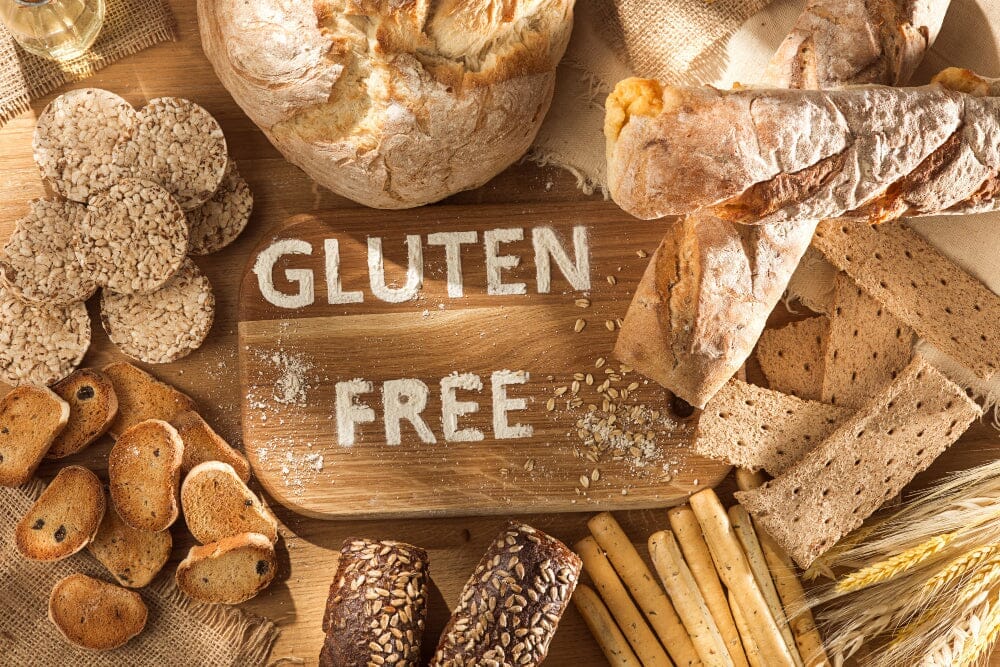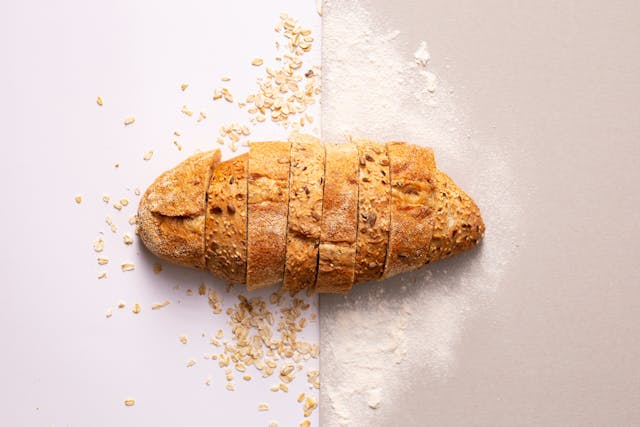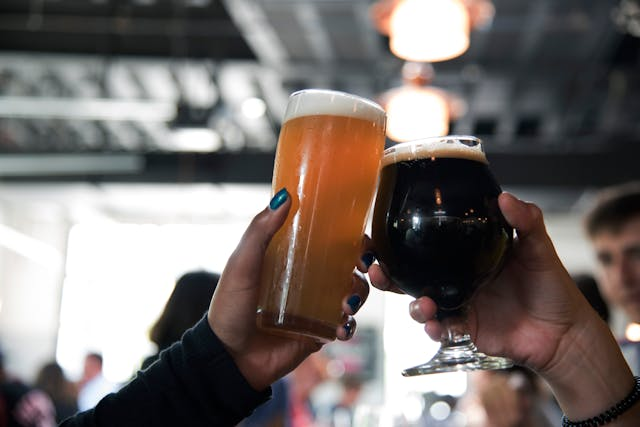
Is the Celiac Disease Diet Helpful? What do I Need to do?
Time to read 2 min
Time to read 2 min
The celiac disease diet can be helpful for many people who are intolerant to gluten. A gluten free diet can bring relief from gas, bloating, pain, and bowel issues, while giving you a sense of wellbeing and vitality.
You can also follow a gluten free menu when you dine outdoors in most restaurants, making this a highly adaptable diet pattern. You can also switch over to a gluten free lifestyle as you experience more benefits from removing the protein.
You can follow this quick overview of what you should eat on a celiac diet, and what kinds of foods you should avoid. The main focus is to remove gluten and minimize exposure to other foods that may trigger a reaction as well.
You should remove wheats, breads, chapatis, pastas, pizzas, and other foods that can contain gluten. These can trigger celiac symptoms and cause abdominal pain, bloating, gas, etc. You can still enjoy eggs, all vegetables, fruits, rice, and meats. These don't contain gluten in how people with celiac disease need to remove them.
You should avoid foods that aren't generally known to have gluten but can contain the protein in differing quantities. Certain salad dressings, sauce types, corn flakes, flavour enhancers, and spreads, can contain gluten.
Beer, lagers, and ale contain gluten in varying quantities. French fries, hot dogs, wafers, and other common snacks also contain gluten although in differing amounts. If you are experiencing insensitivity when consuming them then removing them can be helpful.
It's important to focus on substitutes for wheat and corn, such as oats. You can eat oats in the morning, and get your recommended dose of iron and fibre.
Sometimes, you may get a reaction when you eat outside or visit a friend's place. You should minimize your exposure to gluten based processed foods as well, as they may trigger the immune system in some cases.
If you are suddenly experiencing bloating along with other symptoms, then this may be a sign to avoid gluten further. You can eat many foods without gluten, but you need to double-check the packaging to confirm.
Gas that is uncomfortable and painful can be an indicator that you may have experienced a reaction. Certain times when you eat foods that can cause gas, such as beans, it may lead to painful gas.
Some types of foods such as those containing modified food starch, soy, or meat, may create issues within the bowels causing abdominal pain. You can switch these foods out when you are experiencing this symptom.
If you are experiencing a burning sensation after consuming something, then it may be a trigger for your condition. You can choose a range of naturally gluten free foods to begin, if you are having an issue with packaged foods.
The best approach is to be extra-careful with removing gluten. Then you should focus on improving your nutritional intake with fresh fruits, vegetables, and meat. This should improve your overall health and wellbeing, while targeting any deficiencies that you may have.
* Medical Disclaimer - This information is for educational purposes only. No information provided on this website, including text, graphic, and images, are intended as substitutes for professional medical advice. Please consult with your doctor about specific medical advice pertaining to your condition(s).

